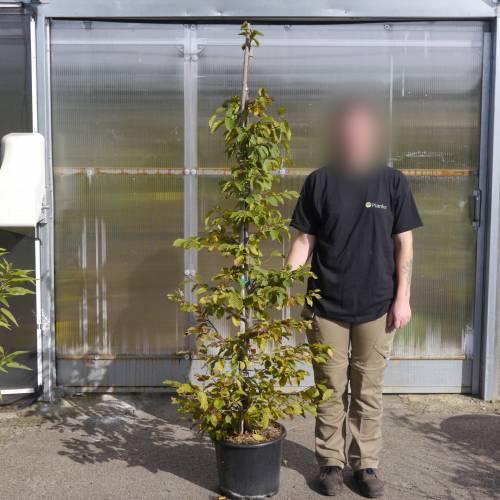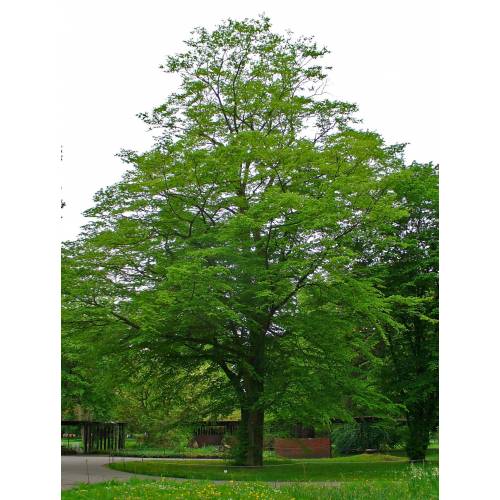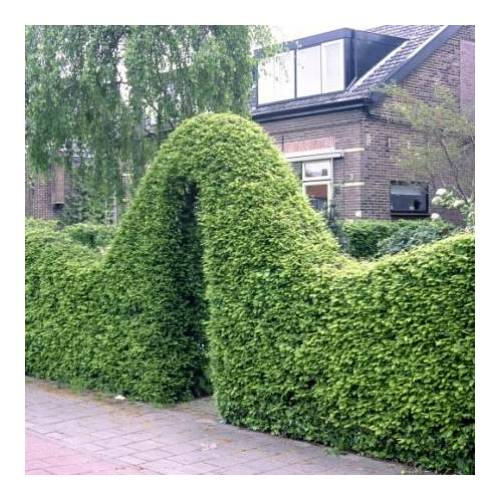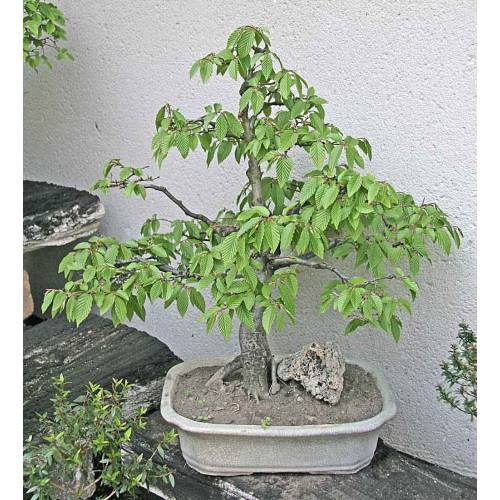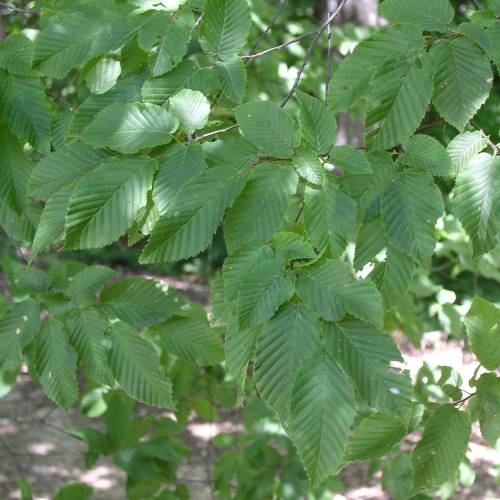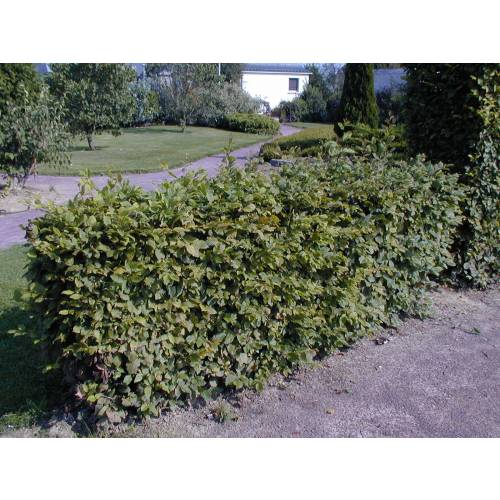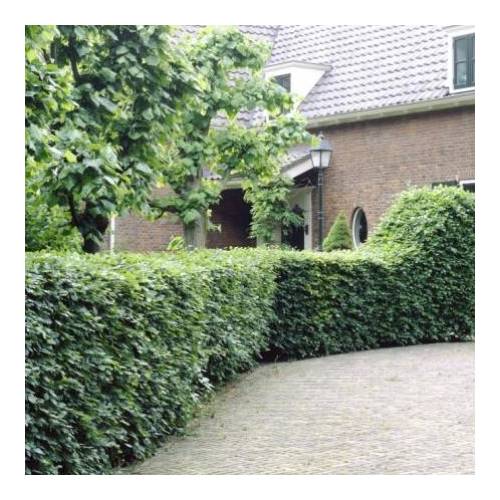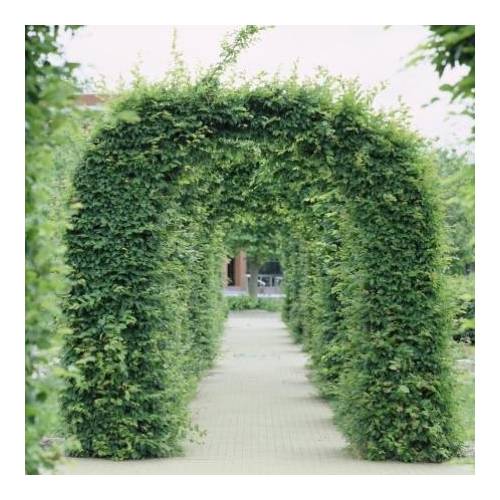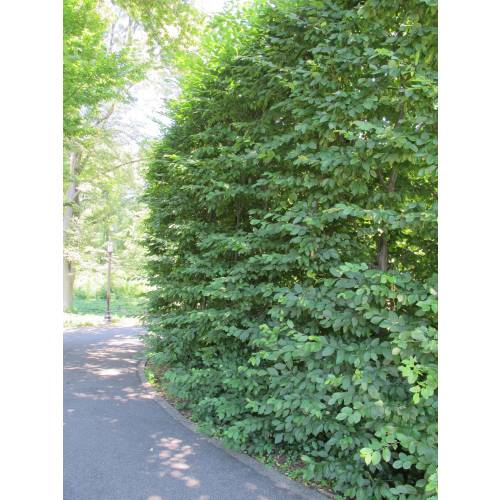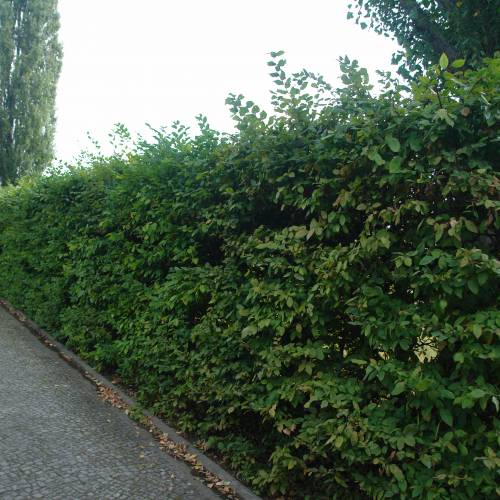
Plants
Hornbeam / Carpinus betulus
-
72.28 € Hornbeam- Carpinus betulus
1646X - Available
-
67.08 € Hornbeam- Carpinus betulus
1646Y - Available
-
61.88 € Hornbeam- Carpinus betulus
1646X1 - Available
-
57.15 € Hornbeam- Carpinus betulus
1646X2 - Available
-
56.68 € Hornbeam- Carpinus betulus
1646j - 1 item in stock
-
5.15 € Hornbeam - Carpinus betulus
1646L - Available
-
4.63 € Hornbeam - Carpinus betulus
1646TE - Available
-
4.11 € Hornbeam - Carpinus betulus
1646JB - Available
-
4.11 € Hornbeam - Carpinus betulus
1646TB - Available
-
3.59 € Hornbeam - Carpinus betulus
1646TC - Available
-
3.07 € Hornbeam - Carpinus betulus
1646T - Available
-
3.07 € Horn beam - Carpinus betulus
1646qB - Available
-
2.86 € Hornbeam - Carpinus betulus
1646TD - Available
-
2.65 € Hornbeam - Carpinus betulus
1646TF - Available
-
2.55 € Hornbeam - Carpinus betulus
1646TG - Available
-
2.03 € Horn beam - Carpinus betulus
1646cB - Available
-
1.96 € Special Offer - 50%
1646JC - Available
-
1.82 € Horn beam - Carpinus betulus
1646c - Available
-
1.50 € Horn beam - Carpinus betulus
1646I - Available
-
1.30 € Horn beam - Carpinus betulus
1646i - Available
-
1.20 € Horn beam - Carpinus betulus
1646k - Available
-
0.40 € FERTILISER
1646A - Available
-
0.00 € Horn beam - Carpinus betulus
1646N - Request for quotation
-
Area of origin: Europe.
Adult Dimensions: Height up to 20 m (65.6'), width up to 15 m (49.2').
Foliage: Semi-evergreen.
Soil Type: Clayey and moist.
Hardiness: Hardy to -20°C.
Exposure: Shade to full sun.
Properties and uses:
The foliage of the Hornbeam dries out in the autumn but remains on the branches nearly all winter. It is called “marcescent”. It is used planted alone in parks and gardens and also in mixed windbreak hedges or screening hedges, as a group. The Hornbeam lends itself to pruning. Bonsai connoisseurs often work with it. It is also particularly good in reforestation mixed with other species.
Plant, or reforest Norway Maple, Carpinus betulus – Foresters Guide
1) The Norway Maple (Robinia pseudo-acacia) is it suitable for my land? The Hornbeam grows in partial shade areas, is cold-resistant but needs warmth for the seed’s maturation. The Hornbeam grows in almost any type of soils, but it doesn’t like the ones which are too acidic, which have ground water close to the surface or which are chalky non-clayey. It thrives in rich soils, deeply clayey or loamy.
2) Which planting density for my Norway Maple plot? (Carpinus betulus)
The planting density is the number of plants planted in one hectare (acre). Here it means determining the initial number of young plants and to choosing their repartition in the available space.
The planting density is defined by the gaps in between the lines as well as the spacing in between each plant on a same line.
It is the basics of the silvicultural path which must lead to a final trees’ population of quality and to the fulfilment of the land’s owner set goals.
Advice: When choosing the density, think about the width of the tool which will allow the maintenance of the gaps in between the lines. The space in between the lines must allow clear passage for a tractor-drawn, maintenance tool.
The Hornbeam is often used as a side variety (useful to the beech tree or the oak). There are only few plantations that use the Hornbeam as the only variety. The density of the plants cannot be « forced » because it disturbs the growth and the softwood lumber production.
3) How to prepare the soil to plant Norway Maple (Carpinus betulus)?
In Silviculture, working the soil is a key element in the success of planting. The root system of the tree must take rapidly where planted. Whether the work is done mechanically or manually, we recommend working the soil in its depth for optimum planting.
4) How to plant the Norway Maple (Carpinus betulus)?
a- Receipt, storage and preparation of the plants before planting
- Upon receipt, place the crates side by side, on a flat surface so as there is no air circulation underneath. Choose a shady spot protected from wind;
- Maintain a good humidity level of the plants on the crates placed on the edges,
- Plan for the possibility of watering if planting is delayed or if the plants require water,
- In case of frost, do not handle the plants and if frost is forecasted for several days, place mulch on the edges.
b- Planting
Our team of professional planters use a planting cane to place the earth-balled plants in situ. This ergonomic, light tool allows quality, quicker planting work. It is also possible to carry out a traditional planting work using a pickaxe or a spade
In all case, you must:
- Dig a hole a little bit larger than the earth-ball ;
- Position it well in the hole;
- Cover it entirely;
Finally, the worker will tamp down the soil carefully with its foot. It is forbidden to press strongly or again to heel-butt the plant to avoid crushing the earth-ball and damage the root system of the plant.
Video on planting using a planting cane
Buy Planting cane
5) How to limit weeds on my Norway Maple plot (Carpinus betulus) ?
During the first years, it is essential to eliminate all self-propagating plants. Not controlled they are going to be in competition with your plants and are going to deprive the young trees of the vital elements they require to grow (water, light and nutritional elements). You must therefore eliminate mechanically this unwanted competition until the trees are big enough to be able to dominate it.
Two types of operations are possible after planting:
Manual clearing around the plants
It is in fact acts often carried out using portable thermic Strimmers or billhooks to clear plants on a line or around the plants themselves.
Mechanical clearing of the space in between the lines
These actions are done using cutters and flail mowers, horizontal or vertical cutters, mounted on mini excavators or tractors. As a result, they cannot be undertaken outside the spaces available between the tree lines (seedlings or plants).
6) How to protect my young False Acacia plants from wildlife (Carpinus betulus) ?
There is a necessity to protect the plot as soon as the population’s density of Cervidae (deer and roe deer in particular) risk leading to significant damage such as undergrowth of the plants or friction of the stems. Sometimes, the setting up of plants’ protection is also necessary as soon as the rodents’ population (rabbits, hares, coypu, voles...) are locally important.
3 types of protections are possible:
- Individual, mechanical Protections ( dissuasive netting, photo-degradable tubes,...)
- Protection by total wire-fencing of the plot,
- Protection by applying a repellent on each plant or on the borders of the plot.
Catalogue Protections against Game -
-

Alignment trees
66 products -
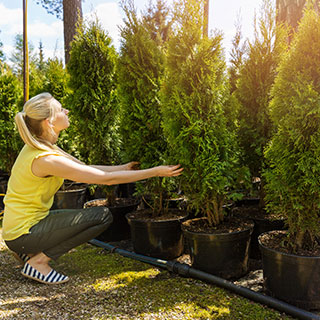
Catalogue of Mature Hedge Plants
37 products -
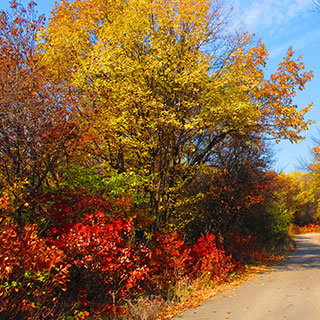
Country Hedge - Farmland Hedge
75 products -

Current plants promotions
377 products -
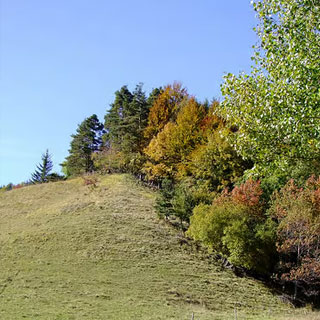
Forest Edge
28 products -
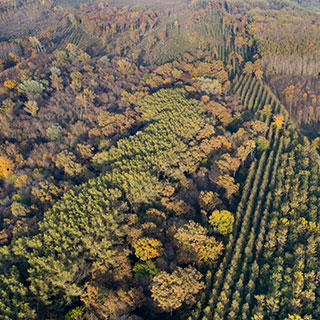
Forest Tree Seedlings
53 products -
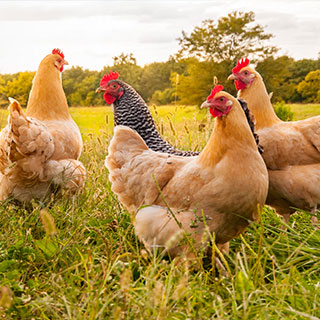
Free-range chickens
34 products -
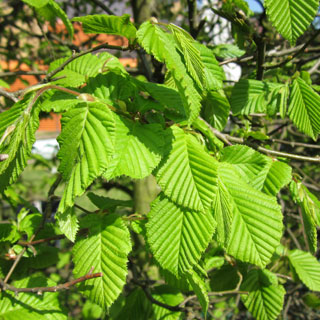
Hornbeam, Carpinus
5 products -
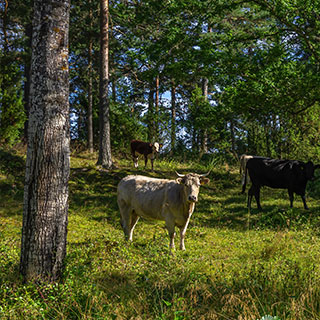
Plants for agroforestry
120 products -
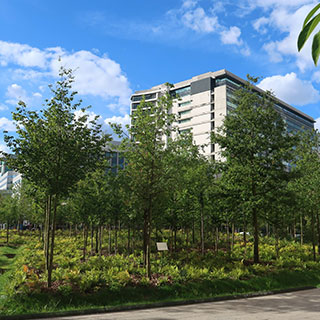
Plants for urban micro-forests
65 products -
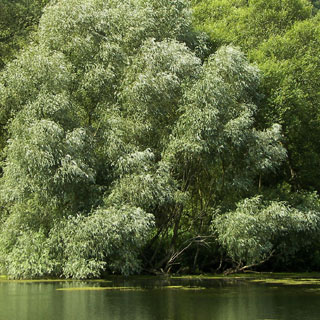
Riparian forest
83 products -
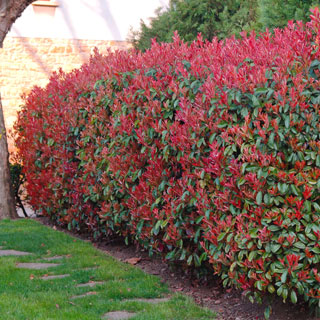
Screening Hedge
51 products -

Trees, Mature Trees
153 products -
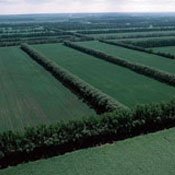
Windbreak Hedge
25 products -
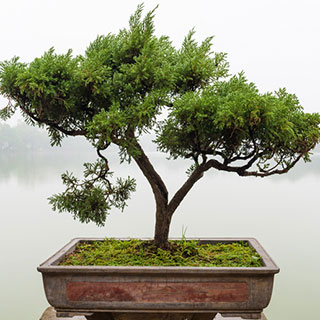
Young plants for Bonsai
96 products
-


